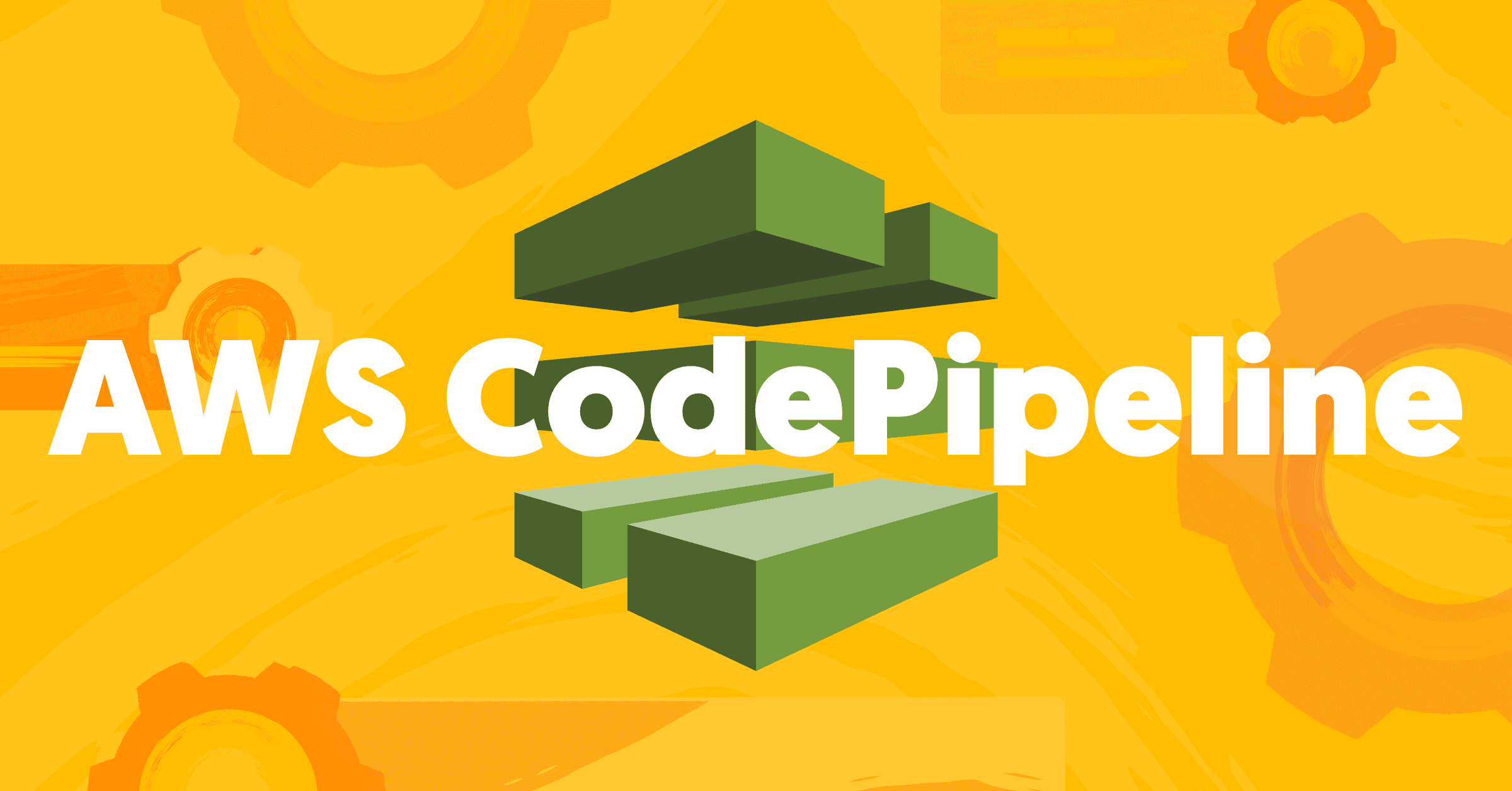Day 53: Your CI/CD Pipeline on AWS - Part-4
 ANSAR SHAIK
ANSAR SHAIK
Welcome back to Day 53 of our 90DaysOfDevOps challenge! Today, we're continuing our exploration of CI/CD pipelines on AWS, focusing on AWS CodePipeline. Let's dive in!
What is AWS CodePipeline?
AWS CodePipeline is a fully managed continuous integration and continuous delivery (CI/CD) service that automates the build, test, and deployment phases of your release process. It enables you to orchestrate the steps required to release your software, ensuring fast and reliable delivery of updates.
Task-01: Step-by-Step Process for Creating AWS CodePipeline
AWS CodePipeline simplifies the setup of your CI/CD pipeline with its user-friendly interface. Let's walk through the step-by-step process of creating an AWS CodePipeline:
Navigate to AWS CodePipeline Console:
Log in to the AWS Management Console.
Go to the CodePipeline service.
Create a New Pipeline:
Click on the "Create pipeline" button.
Enter a name for your pipeline and optionally, a description.
Configure Source Stage:
Select your source provider (e.g., AWS CodeCommit, GitHub, Amazon S3, etc.).
Authenticate and choose the repository or source location.
Specify the branch or source version.
Add Build Stage (Optional):
If you want to build your application, add a build stage.
Choose the build provider (e.g., AWS CodeBuild, Jenkins, etc.).
Configure build settings such as environment, build specification, etc.
Add Deployment Stage:
Click on the "Add stage" button after the source or build stage.
Enter a name for the stage (e.g., Deploy).
Choose the deployment provider (e.g., AWS CodeDeploy, AWS Elastic Beanstalk, etc.).
Configure deployment settings such as deployment group, application name, etc.
Configure Actions:
Within each stage, configure actions.
Define the action provider, input artifacts, and output artifacts.
Specify any additional settings required for the action.
Review and Create Pipeline:
Review the pipeline configuration to ensure everything is set up correctly.
Click on the "Create pipeline" button to create your pipeline.
Monitor Pipeline Execution:
Once the pipeline is created, monitor its execution in the CodePipeline console.
View the status of each stage and action as the pipeline progresses.
By following these steps, you can easily create a CI/CD pipeline on AWS CodePipeline, automating the build, test, and deployment phases of your software release process.
Conclusion
In this blog post, we explored AWS CodePipeline and walked through the step-by-step process of creating a CI/CD pipeline using this service. With AWS CodePipeline, you can streamline your release process, ensuring faster and more reliable delivery of updates to your applications. Stay tuned for more insights as we continue our journey through the 90DaysOfDevOps challenge! 🚀🔧 #AWS #CodePipeline #CI/CD #DevOps #Automation
Subscribe to my newsletter
Read articles from ANSAR SHAIK directly inside your inbox. Subscribe to the newsletter, and don't miss out.
Written by

ANSAR SHAIK
ANSAR SHAIK
AWS DevOps Engineer